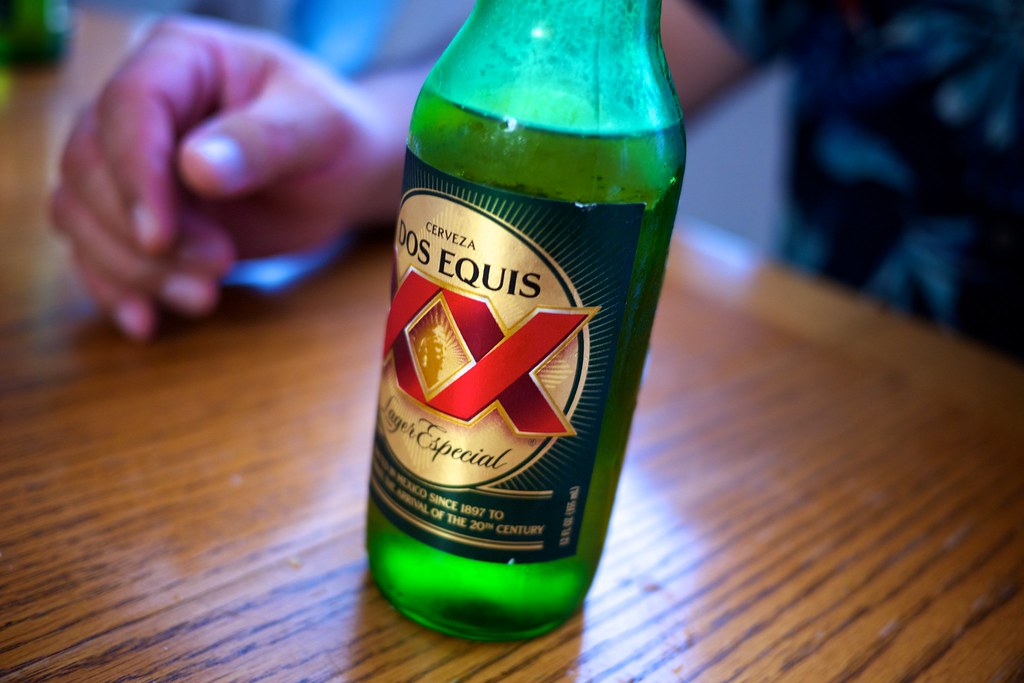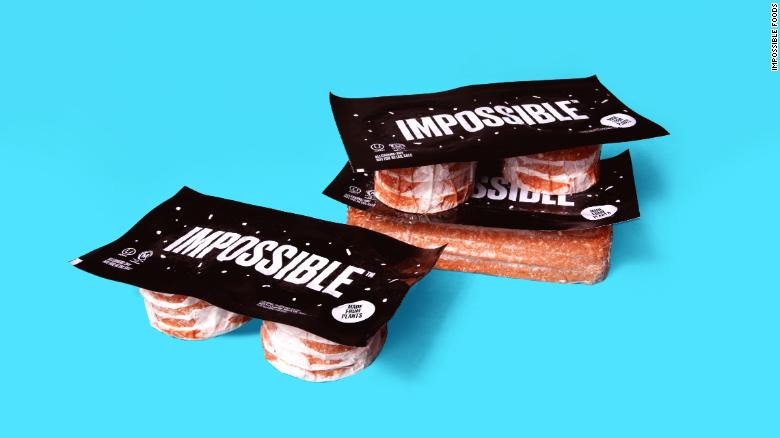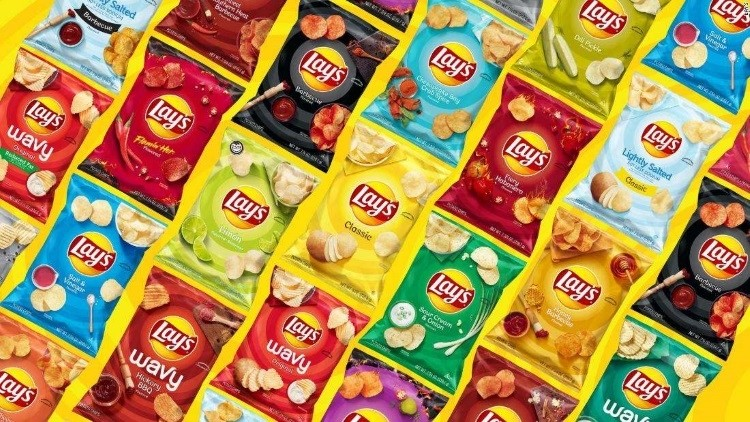With heavy competition and the onset of COVID-19, building a successful food company is becoming more and more difficult. But a new report from the New York-based firm Lux Research outlines six underlying trends that are shaping the food and beverage industry – and what food companies can do now to maintain success over the next 30 years.
The report, entitled “The Food Company of 2050,” points to several reasons why being a food company in 2020 is becoming increasingly difficult. Major players are seeing their sales decline, heightened competition from smaller brands and mounting production costs. The pandemic has only intensified those challenges and brought forward the urgent need for solutions.
While it was once favorable to make it big, the report suggests that small competitors are innovating at a faster pace by using digital tools and finding new routes to market. These new entrants are reducing the value of bigger companies by capitalizing on their proficiency and responding better to customer demands.
For food companies to survive and be successful until 2050 and beyond, the report identified six innovation trends for brands to focus on:
- Developing food for health. There is an increasing demand for food that focuses on cognitive function, athletic performance and overall health, rather than food that offers just convenience and taste. Lux Research predicts that a vast amount of future food products will make health-related claims to reduce reliance on medicine. Nestlé, Danone and Acadia are some companies already embracing this trend.
- Mastering the role of the microbiome. The microbiome is the sum of all the microbes that live on, and inside, the human body. Grasping this concept, Lux said, will be essential for food companies.
- Incorporating ubiquitous sensing. As sensors become smaller, cheaper and more capable, they are gaining ground in the realm of food safety. Sensors are increasingly being used to monitor food quality, safety and consumer health, and the pandemic has enhanced the urgency of this trend.
- Increasing sustainability. Company statements aren’t cutting it anymore. Products must promote sustainability by reducing food waste, incorporating environmentally-friendly supply chains, distribution and packaging.
- Adapting new industry structures. In order for big players to compete with smaller entrants, cheaper faster food innovation is critical. These innovations include subscription and delivery options, personalization, food traceability and digital tools to meet the demands of the modern consumer.
- Understanding future consumption. While the pandemic accelerated some changes, the report noted that some changes which fundamentally alter consumption patterns were already underway.
“Any food company seeking to survive, and even thrive, in the coming decades will need to adjust its fundamental approaches to be better able to meet these challenges and come out on top,” the report said.
While the food and beverage industry is adjusting to a “new normal” that is still not clearly defined, companies that are willing to transform themselves as needed to meet these trends will be much better situated for future success.









Join or login to leave a comment
JOIN LOGIN